After a grim few months on the High Street, we speak to retailers and suppliers in our sector to find how they have adapted
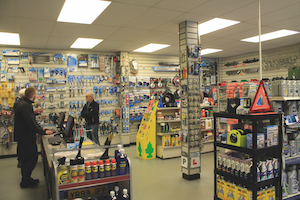
Let’s not beat about the bush here: 2018 has so far been a terrible year to be a High Street retailer. There have been numerous high profile casualties such as Toys R Us and electronics giant Maplins as well as clothing retailers such as New Look, Claire’s Accessories and Jones the Bootmaker either calling in the receivers or announcing drastic restructuring.
Even restaurants in the so-called ‘smart casual’ dining sector, which for a long time were lauded as saviours of dwindling town centre, seem to have hit bad times. Carluccios, Prezzo and pretty well all of the outlets in TV chef Jamie Oliver’s portfolio have announced drastic closure programmes. It isn’t ideal.
Nonetheless, traditional accessory shops have adapted as best as they can to the changing face of the retail environment: The days of Ray D’Ator (CAT’s longtime accessory shop owner turned columnist) scowling at people over the counter, and his attitude of ‘you don’t want it looking too smart, people will think they can’t afford it’ are well and truly over.
SHOP ENVIRONMENT
Indeed, it is the opinion of the accessory retailers we spoke to is that the environment has changed significantly over the last couple of years, leading them to revise their offering. “There’s a change in consumer behaviour due to cars being less easy to work on therefore fewer DIY mechanics to serve” noted Jonathan Rogers of Wrexham Motoring Supplies. “We do a lot of free fits now when it comes to bulbs, batteries, wipers etc and we have noticed a significant increase in this service. This is directly in line with inf lating garage hourly rates and people being forced into looking elsewhere for fitting.”
Richard Shortis, Managing Director of regional chain Wico, said: “The range of product has increased as a result of the changing marketplace. Gone are the days of two different headlight bulbs, now there are about 10 – and that’s not including all the different upgrade versions.” Shortis adds that a noticeable change in the key categories of bulbs and wipers is that (with the possible exception of high-output bulbs) the parts wear out more slowly, and need changing less frequently. However, more customers are asking for the bulbs and blades to be changed for them, which Wilco will do for a fee.
One retailer who feels the environment has not changed significantly is A1 founding member and accessory shop owner Joe Elliott. “Has the environment changed in the last two years? Not really, business has remained consistent,” he said. “It’s busy when its cold and its OK the rest of the time.”
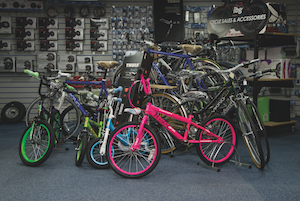
Despite this, Elliott says that he has noticed more sales in touring equipment. “I think the increase in sales of roof bars and WMS shop floor boxes are due to development in the leisure market. More families these days take part in more leisure activities throughout the year,” he said. “Roof boxes, expensive as they can be, it can often be cheaper to buy one and all the malarky that goes with it (instead of renting one on multiple occasions or shelling out for a larger car).”
Despite the rise in sales, he describes the competition from online vendors in the leisure category as ‘absolutely tremendous’ and he counters it by offering good service and free fitting. Indeed, it is the fitting offer to which Elliott attributes the company’s ‘edge’. “Apart from one very brief period, at Elliots, we have always offered free fitting on any accessory, whether that is bulbs, wipers or roof boxes. This policy has bought us a tremendous amount of kudos within the city. When we tried charging, we lost our edge. We have seen sales dramatically increase since we went back to free fitting.”
PUSH BIKE SALES
One area that appears to be in decline, or at least not as profitable as everyone hoped, is the sale of push bikes. “We did dip our toes into the cycle side a few years ago but quickly realised how saturated the market was,” explained Jon Rogers, adding that there is more to cycle retailing than simply stocking a few bikes. “We are clearing out of push bikes,” concurred Joe Elliott. “We went to a lot of trouble and expense setting up as a cycle repair shop, but for some reason it just hasn’t worked.”
“The other issue is that the Push bike sales in decline venture capitalist have come into the cycle industry… and we all know how they were when they went into the motor factor side of our trade,” said Richard Shortis, adding that pedal-electric bikes were a growing segment, albeit one that was growing from a very low base.
So the message from the market is adapt fast and respond to new trends – and don’t be afraid to try something new. Just be prepared that not every new trend (particularly in our sector) is going to fly.

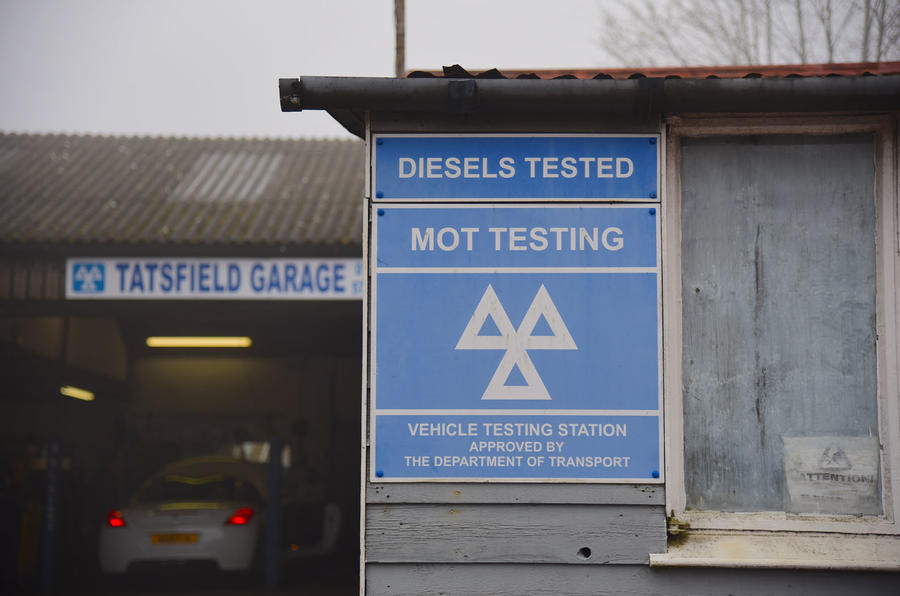
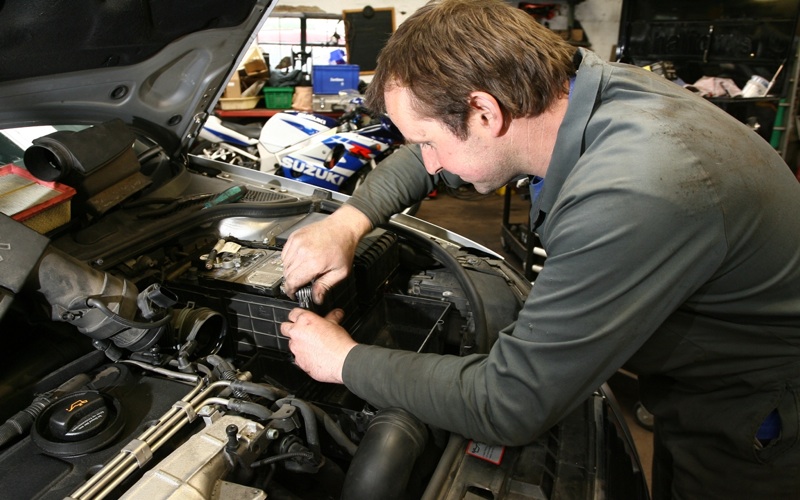

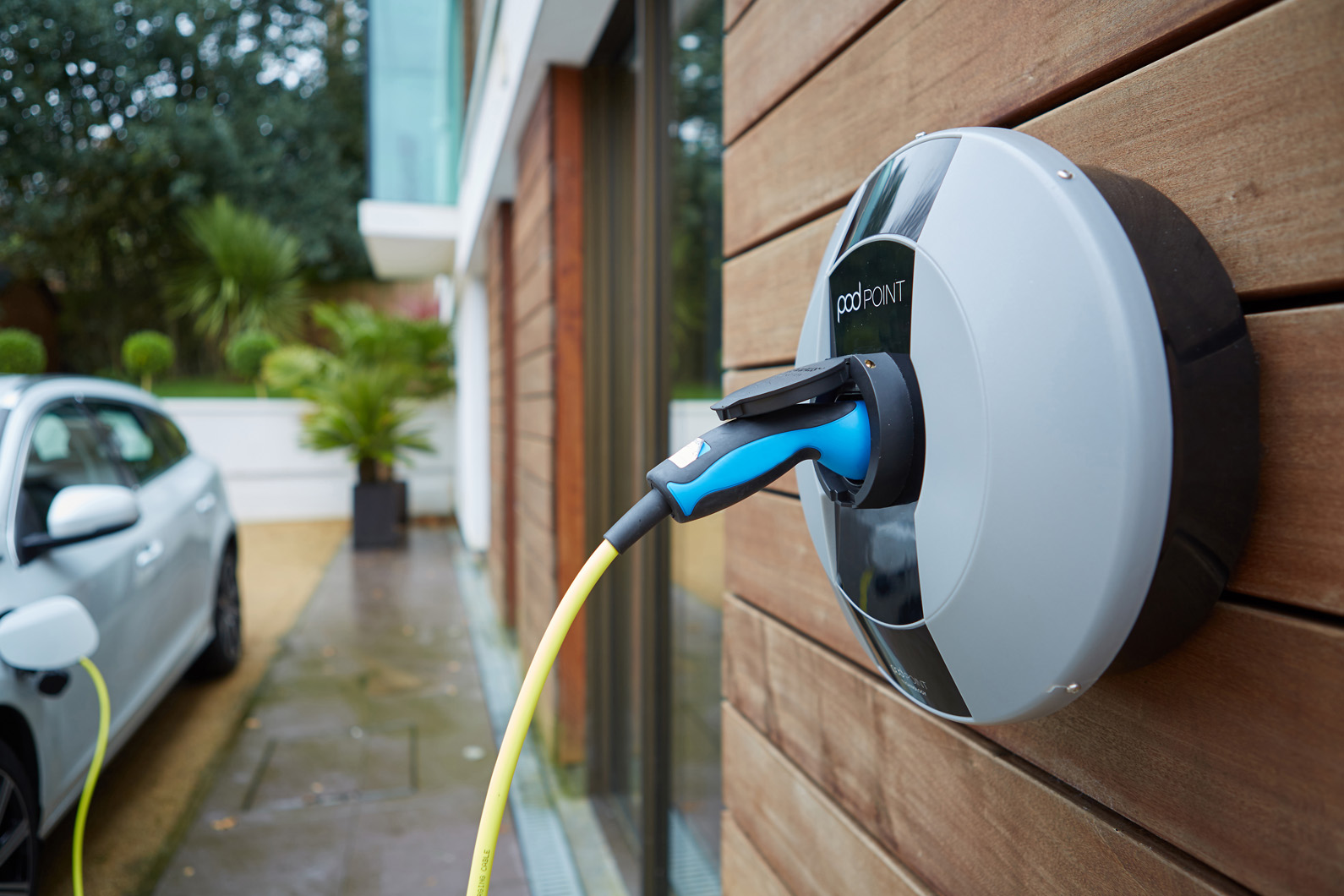






Go to comments